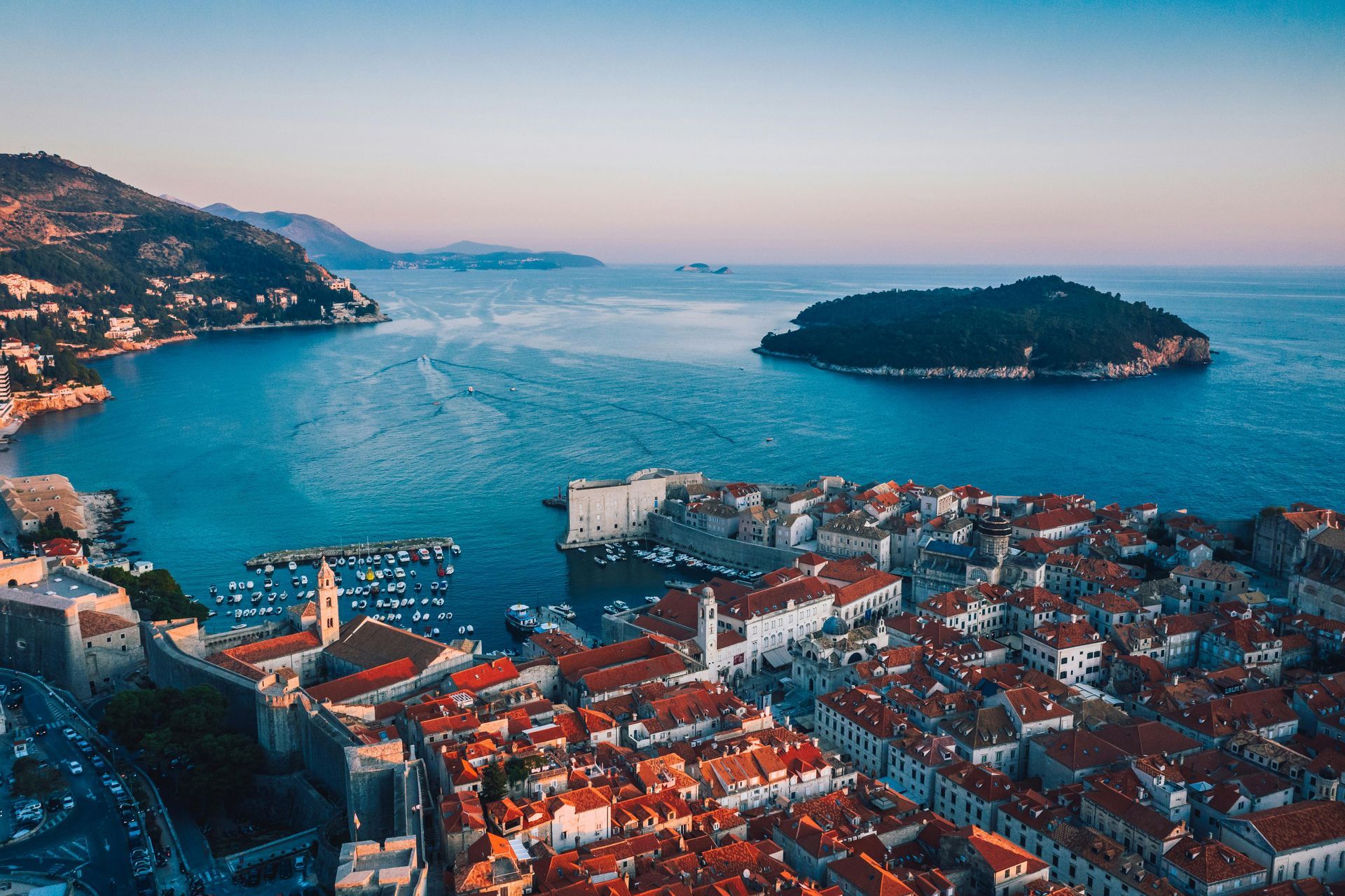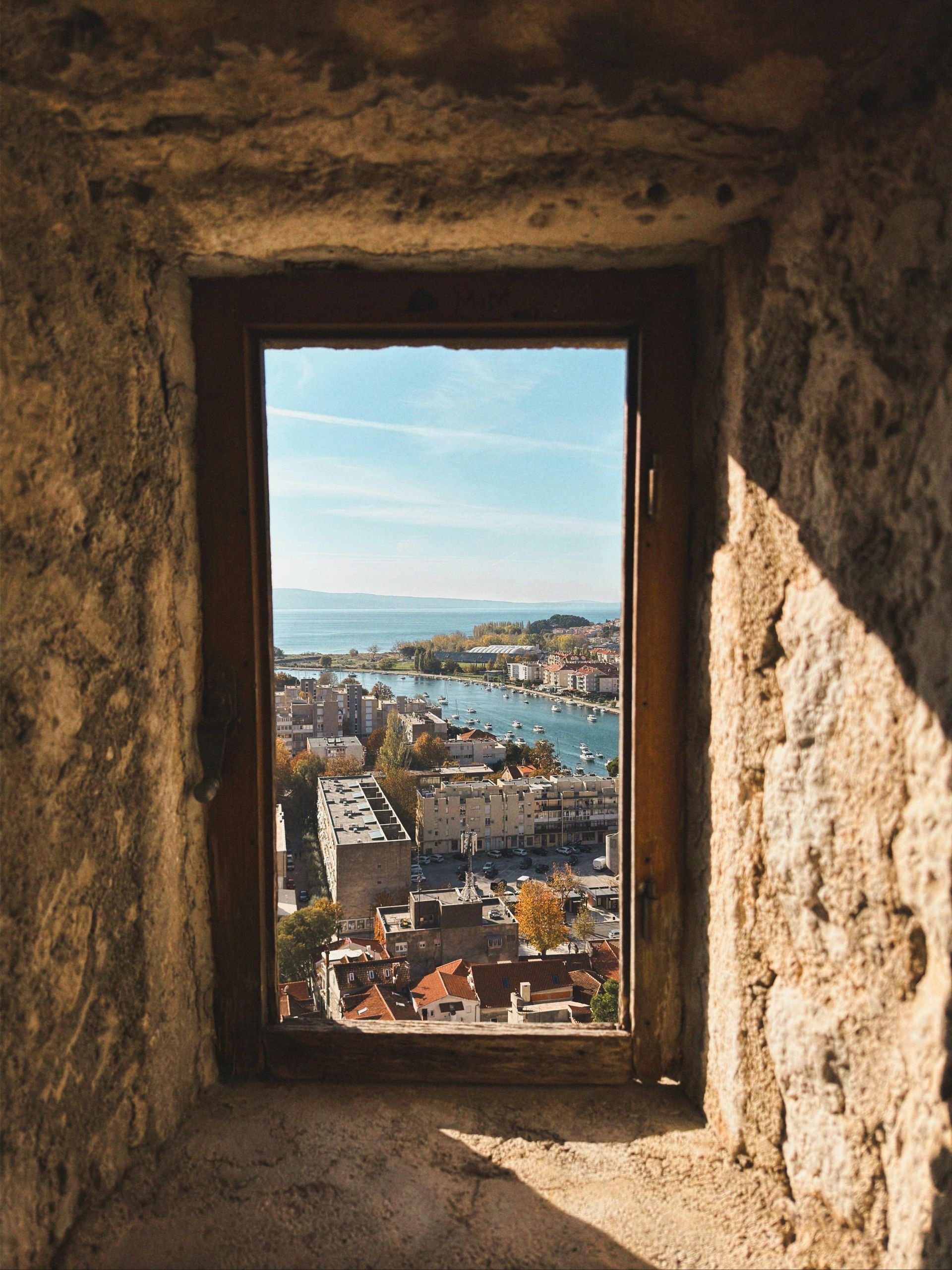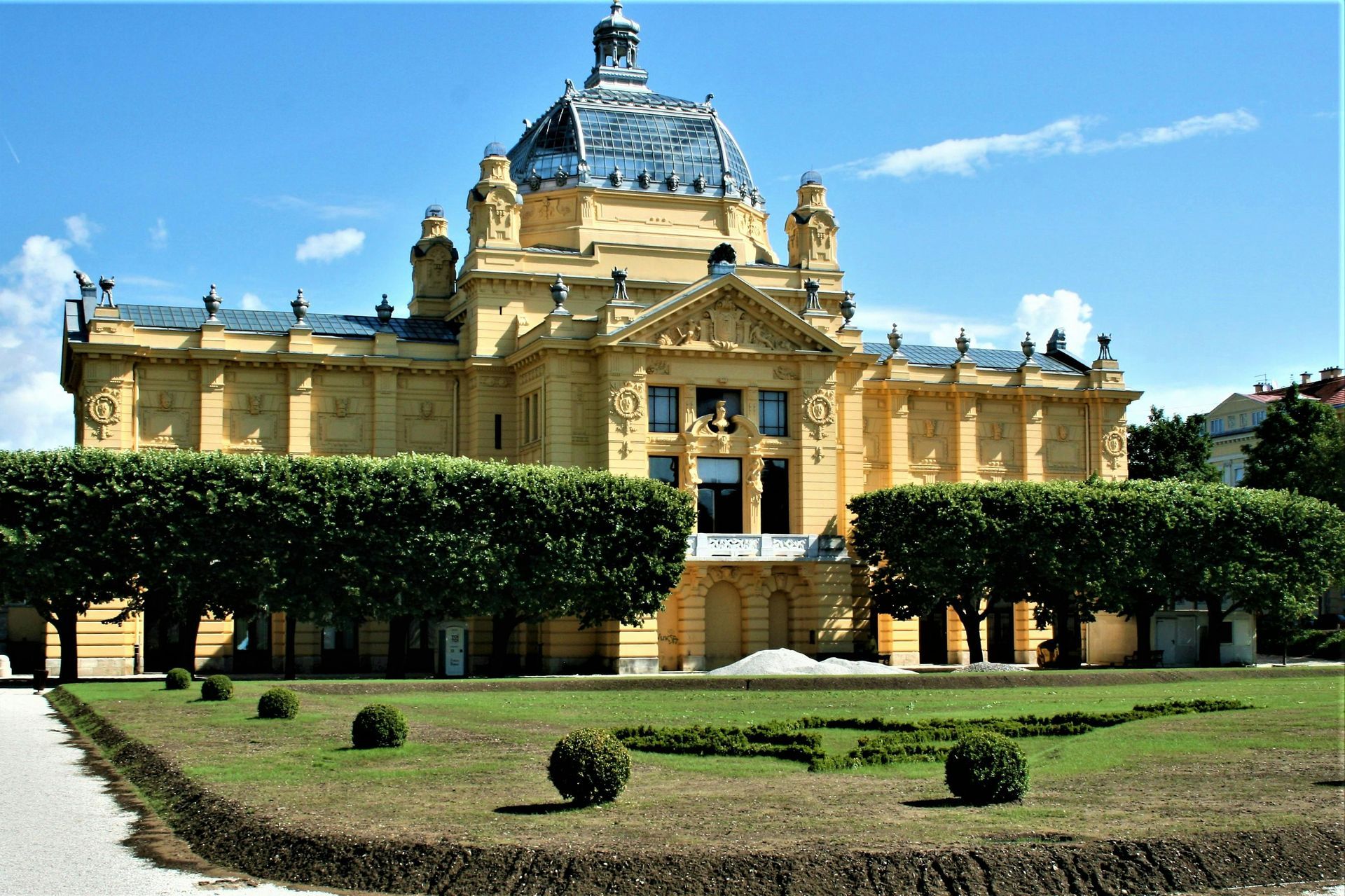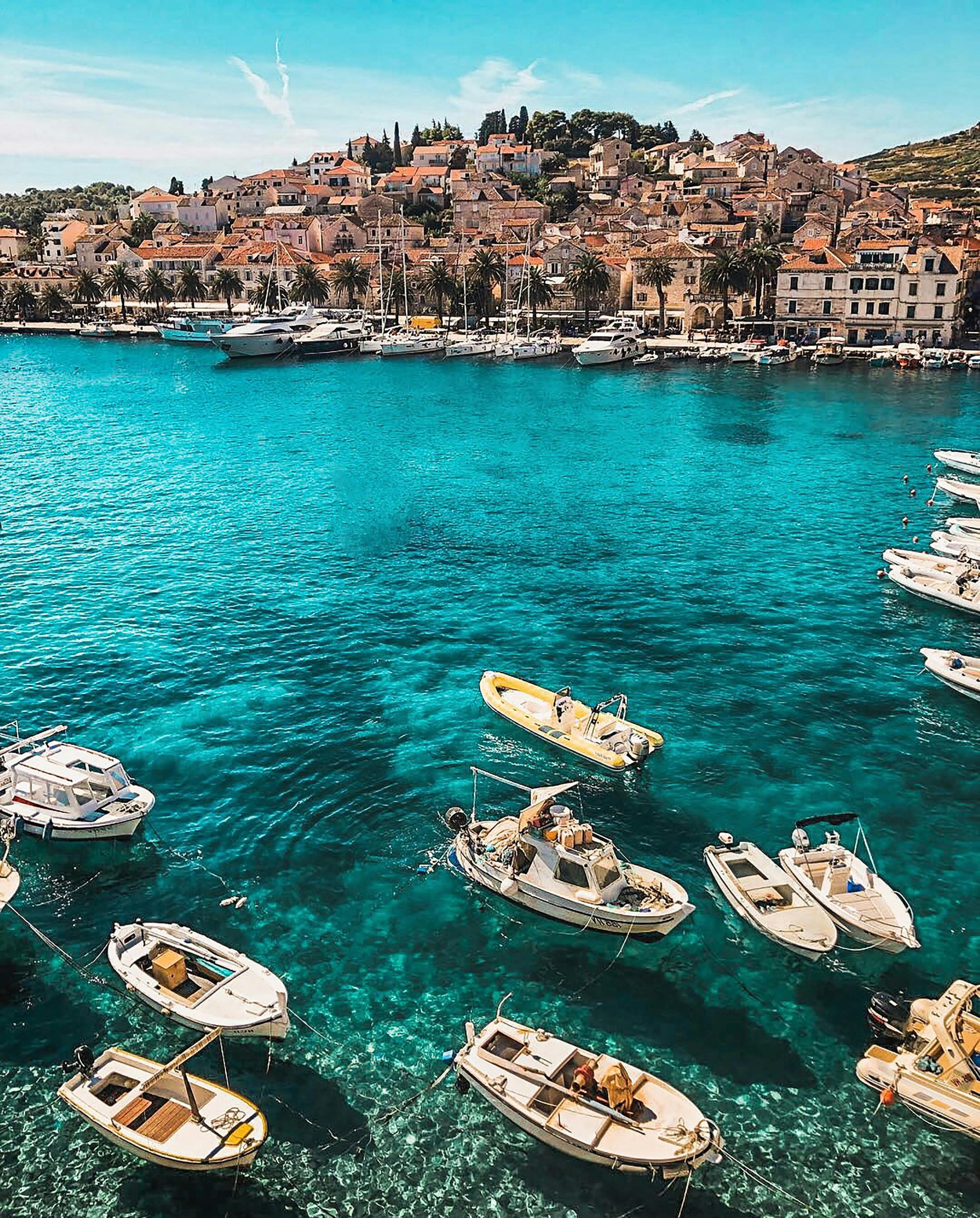Croatia
Introduction to Croatia
Croatia, situated along the Adriatic Sea in Southeast Europe, is a country known for its stunning coastline, historic cities, and natural beauty. With over a thousand islands, crystal-clear waters, and a rich cultural heritage, Croatia offers a diverse range of experiences for travelers. From the medieval walls of Dubrovnik to the vibrant streets of Zagreb and the breathtaking Plitvice Lakes, Croatia is an ideal destination for those seeking relaxation, adventure, and history.
Holidays to Croatia

Dubrovnik
Highlights: Old Town walls, Stradun promenade, Lokrum Island
Known as the “Pearl of the Adriatic,” Dubrovnik boasts well-preserved medieval architecture encircled by ancient city walls. Stroll through cobblestone streets, enjoy panoramic views from the walls, and explore nearby islands.

Split
Highlights: Diocletian’s Palace, Marjan Hill, Riva promenade.
Split blends modern life with ancient history. The city is built around the Roman Emperor Diocletian’s Palace, a UNESCO World Heritage site. Enjoy lively markets, waterfront dining, and easy access to surrounding islands.

Zagreb
Highlights: Upper Town, Zagreb Cathedral, Museum of Broken Relationships.
Croatia’s capital city offers a mix of Austro-Hungarian architecture, vibrant street life, and a growing arts scene. Explore historic squares, indulge in café culture, and visit unique museums.

Hvar Island
Highlights: Lavender fields, Hvar Town, Pakleni Islands.
Known for its sunny climate, nightlife, and historic sites, Hvar Island is a popular destination. Explore ancient fortresses, relax on pristine beaches, and enjoy local wines.
Practical Information
- Visa Requirements: Croatia is part of the European Union but not the Schengen Area. Visitors from many countries can enter visa-free for short stays. Check the latest visa requirements before traveling.
- Transportation: Public transport includes buses, ferries, and trains. Buses are the most common for intercity travel. Ferries connect the mainland to numerous islands.
- Currency: Euro (€) as of January 1, 2023, when Croatia adopted the euro. Credit cards are widely accepted, but carrying some cash is advisable, especially in smaller towns.
- Language: Croatian is the official language. English is widely spoken in tourist areas. Learning basic Croatian phrases is appreciated by locals.
- Emergency Numbers: Dial 112 for all emergency services (police, fire, ambulance).
Croatian Cuisine
- Peka: A traditional dish of meat and vegetables cooked under a bell-like dome covered with embers.
- Ćevapi: Grilled minced meat sausages, often served with flatbread, onions, and ajvar (a pepper-based condiment).
- Black Risotto (Crni Rižot): A seafood risotto colored with squid ink, popular along the coast.
- Pag Cheese (Paški Sir): A hard sheep’s milk cheese from Pag Island, known for its distinct flavor.
- Strukli: A baked or boiled pastry filled with cheese, originating from the Zagreb region.
- Local Wines: Try regional varieties like Plavac Mali (red) and Pošip (white).
Cultural Etiquette
- Greetings: A handshake is common when meeting someone new. Among friends and family, kisses on both cheeks are customary.
- Dining: Meals are social events. It’s polite to wait for the host to say “Dobar tek” (enjoy your meal) before starting to eat.
- Dress Code: Casual attire is acceptable, but modest dress is appreciated when visiting churches or religious sites.
- Tipping: Tipping is customary but not mandatory. Leaving 10% of the bill in restaurants is appreciated if service was good.
- Public Behavior: Croatians value politeness and direct communication. Using “please” (molim) and “thank you” (hvala) is considered courteous.
- Smoking: Smoking is common in Croatia, though prohibited in most indoor public places. Be aware of designated smoking areas.
- Environmental Respect: Croatia prides itself on its natural beauty. Help keep parks and beaches clean by disposing of litter properly.

